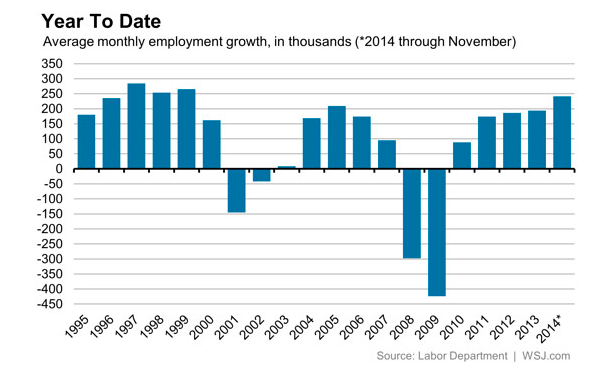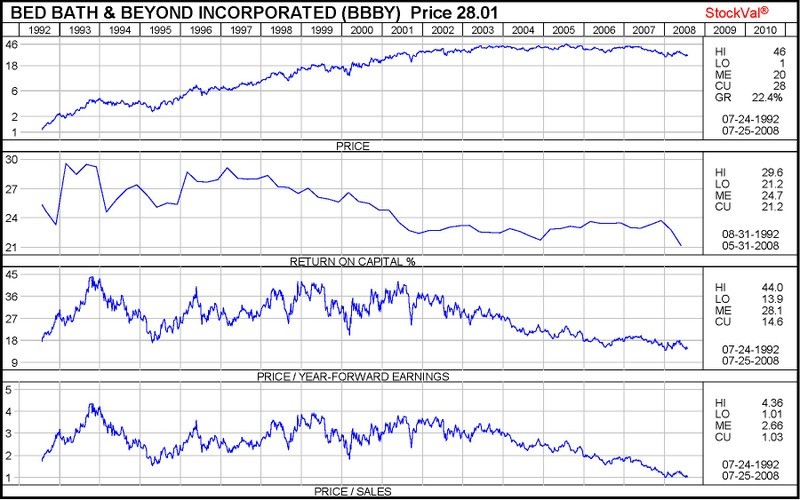Market Timing vs Conservative Portfolio
Post on: 19 Апрель, 2015 No Comment

by Harry Sit on September 8, 2011 6 Comments
After listening to Paul Merrimans Sound Investing podcast, I found out that Paul Merriman does both indexing and market timing. He said of the $1.5 billion his company manages for clients, about 15% are invested in market timing strategies.
Thats quite peculiar. Usually people who follow indexing believe in market efficiency, which says its unlikely to beat the market through active management. Active management includes both security selection and market timing. Im sure Mr. Merriman has read all the arguments against market timing. Why is he still doing it?
Instead of dismissing the practice as simply foolish or smoke and mirrors to woo clients, I decided to give Mr. Merriman the benefit of the doubt. After all he appears to be knowledgeable and experienced. I trust he has made an informed decision that indexing and market timing both have their place. Maybe hes onto some nuances that I didnt pay attention to before.
In the next few weeks, I will explore possible reasoning for market timing, similarly to how I did the mortgage refinance mini-series. I promise to keep an open mind. Dont worry: I havent gone to the dark side. I will play the devils advocate and see if the arguments for market timing make sense.
I start with market timing for enhancing returns versus market timing for managing risks.
Paul Merriman says he uses mechanical, trend-following market timing strategies for managing downside risks. The goal isnt necessarily to beat the market. When his models see the market has turned south, he would take the clients out of the market. If the market continues to go down, the clients avoid a loss. If the market goes up instead, the false alarm costs the clients forgone gains.
Academic studies showed this kind of market timing did not beat a buy-and-hold strategy. In trying to avoid a loss, the market timing moves also lost out some gains. Over the long term, the opportunity costs outweighed the avoided losses.
But what if the objective isnt to beat the market? Suppose investors put 70% of the portfolio in stocks and get out of the market at the first sign of trouble. Doing so would underperform investing 70% in stocks at all times. What if when these same investors look at the historical worst losses, their risk tolerance only allows them to invest 50% in stocks if they must hold through thick and thin?
Using a conservative portfolio also has costs. Preparing for the worst case all the time means forgoing gains during normal times. A portfolio 50% invested in stocks will likely underperform a portfolio 70% invested in stocks, assuming stocks have better returns than bonds over the long term. So will a portfolio 70% invested in stocks most of the time but 30% invested at some times, assuming market timing underperforms buy-and-hold.

However, investing 70% in stocks at all times is not an option because of the investors risk tolerance. The question comes down to: which is a better way to manage the risks of a bear market, buy-and-hold 50% in stocks or time the market with 70% in stocks?
The answer isnt that clear to me. Successful market timing does not have to beat the market. It only has to beat the buy-and-hold alternative based on the investors risk tolerance. If the investors risk tolerance is low but the investor can warm up to investing more in stocks when market timing means that he or she will not endure a 50% drop in stocks, is market timing necessarily worse than using a conservative portfolio?
This is a valid argument. It makes the arguments that market timing doesnt beat the market moot because being fully invested in the market isnt an option due to the investors risk tolerance.
If anyone knows academic studies that address this question, as opposed to just market timing underperforming the market, please let me know.
See All Your Accounts In One Place
Track your net worth, asset allocation, and portfolio performance with free financial tools from Personal Capital .














